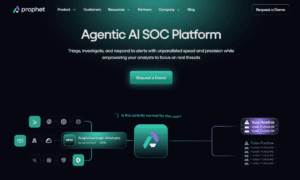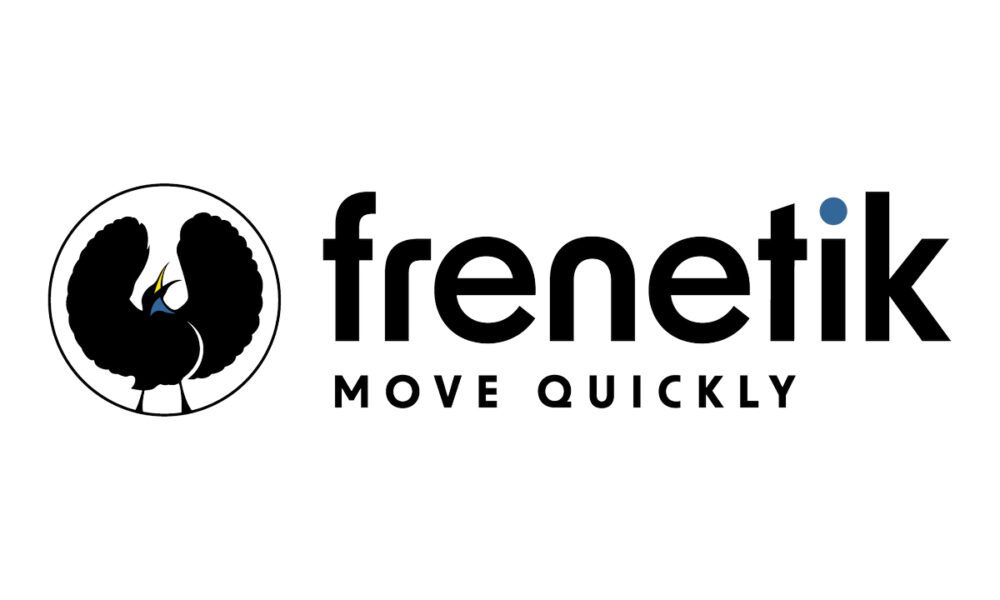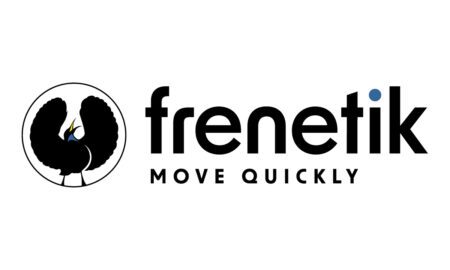The checkout process is the final, and perhaps most critical, moment of your customers’ journey. A streamlined, user-friendly checkout not only reduces cart abandonment but also increases conversion rates and Average Order Value (AOV). Small improvements in the checkout flow can yield outsized returns on revenue.
This article dives into practical checkout strategies tailored for Magento 2 stores, each backed by industry data and best practices. From simplifying the flow to optimizing for mobile, you’ll learn how each tactic contributes to higher conversions and greater AOV.
1. Simplify the Checkout Flow
Why it’s important:
Cart abandonment remains a major challenge. Industry benchmarking shows that optimizing checkout UX can lead to an average of 35% increase in conversion rates for large e‑commerce sites. Many sites currently operate with “mediocre” or worse checkout performance, demonstrating ample room for improvement.
Best practices:
- Merge steps into a single-page checkout, reducing load times and decision points.
- Auto-fill known data and remove unnecessary form fields to keep it concise and frictionless.
- Implement inline validation with clear error messaging to help users fix mistakes instantly.
- Provide visual progress indicators (e.g., “Step 1 of 3”) to reduce friction and uncertainty.
To implement a polished, single-page checkout with minimal effort, consider using the Magento One Step Checkout extension by BSS Commerce. As a trusted Magento 2 extension provider with over 10 years of experience, BSS Commerce is known for delivering solution-oriented, feature-rich, and reliable products. The One Step Checkout extension consolidates all checkout steps into one streamlined page, significantly smoothing the user journey and helping you boost conversion rates with ease.
Special considerations:
- If you have too many required fields, the checkout may feel cramped. Consider grouping fields or using collapsible sections.
- Balance simplicity with essential data collection (like tax‑relevant info).
- For multi-step layouts, ensure users can easily jump backward if they need to change information.
2. Offer Guest Checkout with Easy Account Creation
Why it’s important:
26% of shoppers abandon carts when asked to create an account. At Creative Market, removing this barrier helped reduce abandonment, which had previously hit 77% when sign-up was required.
Best practices:
- Make Guest Checkout the most visible option, clearly labeled and accessible upfront.
- Minimize form fields for guests to only the essentials: shipping and payment.
- Offer optional, post‑purchase account creation (“Save this info for next time!”) for convenience.
- Promote the value of creating an account, loyalty perks, order tracking, and saved cart, while letting the user decide.
Special considerations:
- Guest checkout sacrifices customer data; encourage account creation later, perhaps after the order is confirmed.
- Ensure security messaging is present, as some users prefer guest checkout due to privacy concerns.
3. Provide Multiple Payment and Shipping Options
Why it’s important:
Limited payment options can drive cart abandonment; 55% of retailers report losing customers when preferred payment methods are missing. Digital wallets (like Apple Pay, Google Pay) can boost conversion by up to 50%. Transparent, flexible shipping options also reduce last-minute surprises that deter buyers.
Best practices:
- Offer a mix: credit/debit cards, PayPal, digital wallets, and local pay methods.
- Display shipping choices, standard, express, store pickup, with associated costs upfront.
- Handle shipping cost transparency early, avoid last-minute charges that derail conversions.
- Allow customers to estimate shipping early (e.g., entering ZIP/postal code on cart page).
Special considerations:
- If certain payment gateways have high fees or risk, consider hiding them unless explicitly selected.
- Local payment preferences vary by region; adapt options accordingly.
4. Build Trust with Transparent Costs
Why it’s important:
Unexpected fees kill conversions fast. Shoppers abandon carts when surprised by additional charges at checkout. Meanwhile, excessive form complexity, even long password requirements, also contributes to friction.
Best practices:
- Display all costs, taxes, and shipping early in the process.
- Use trust badges (SSL, payment logos) and state return/refund policies.
- Avoid hidden or surprise fees at the final step—keep the price transparent throughout.
Special considerations:
- Discounts or coupons should be applied earlier, not only at the end.
- If surcharges (like import fees) apply, explain them clearly in context.
5. Enable B2B-friendly Checkout Options
Why it’s important:
B2B buyers often need quotes or special pricing for bulk orders. Without this flexibility, you risk losing high-value orders. A Request for Quote (RFQ) feature helps meet those needs.
Best practices:
- Present a clear “Request for Quote” option for buyers needing custom or bulk pricing.
- Allow buyers to submit details and get a personalized response from the sales team.
- Enable streamlined conversion from quote into order within Magento.
For Magento 2 stores serving B2B segments, the Request A Quote Magento 2 extension by BSS Commerce offers a seamless way to let customers request tailored quotes and later convert them into orders smoothly.
Special considerations:
- Ensure clear turnaround expectations for quotes (e.g., “We’ll respond within 24 hours”).
- Keep the quoting interface simple, and avoid overwhelming with fields that deter engagement.
6. Use Upselling and Cross-selling at Checkout
Why it’s important:
Upselling and cross-selling at checkout can boost AOV significantly without disrupting flow. Suggesting relevant add‑ons or bundles is a proven strategy to increase average order size.
Best practices:
- Recommend complementary products (“Customers also bought…”) directly within the checkout.
- Offer time-limited bundle deals or volume discounts (e.g., “Add two more items for 10% off”).
- Keep suggestions minimal; avoid cluttering the checkout page.
Special considerations:
- Track performance of recommended products, test different suggestions via A/B experiments.
- Avoid overloading mobile users with too many visuals; keep it compact.
7. Highlight Urgency and Incentives
Why it’s important:
A sense of urgency or incentives pushes buyers to act now. Real-time stock alerts or limited-time offers reduce hesitation and increase conversions.
Best practices:
- Show messages like “Only 3 left in stock” or live countdowns for promotions.
- Promote free shipping thresholds (“Free shipping on orders over $100”).
- Consider exit-intent pop-ups offering discounts to prevent abandonment.
Special considerations:
- Ensure urgency messages are truthful and updated in real time.
- Too many countdowns can cause fatigue; use sparingly.
8. Optimize for Mobile Checkout
Why it’s important:
Mobile accounts for the majority of e-commerce traffic, yet mobile conversion rates lag behind desktop (e.g., 2–3% vs. 3–4%). Zuko’s data shows 65% of checkout sessions end without a sale, with mobile conversion significantly lower than desktop.
Best practices:
- Use responsive design and ensure input fields are large and thumb-friendly.
- Implement one-click payment options (digital wallets) for fast completion.
- Simplify navigation, minimize scrolling, and avoid pop-ups that disrupt flow.
- Auto-detect address or payment options to speed the process.
Special considerations:
- Test on multiple devices and operating systems.
- Avoid external redirects during checkout—they disrupt mobile user behavior.
9. Provide Clear Post-checkout Confirmation
Why it’s important:
A clear confirmation page reinforces trust, sets expectations, and encourages further engagement. It also offers a moment to invite account creation or loyalty sign-up, further increasing AOV over time.
Best practices:
- Immediately show order summary, delivery estimate, and tracking info if available.
- Offer direct links to account creation, loyalty programs, or refer-a-friend incentives.
- Provide contact and support options (chat, email, phone) for peace of mind.
Special considerations:
- Avoid overwhelming with too many calls to action—keep it focused and helpful.
- Make “create account” optional but appealing (“Save your info for next time”).
Conclusion
Effective checkout optimization is both art and science; it demands user-centered design, backed by data and applied thoughtfully. From simplifying flow to mobile-first design, each strategy helps reduce friction, enhance user trust, and drive both conversion rates and Average Order Value.





























